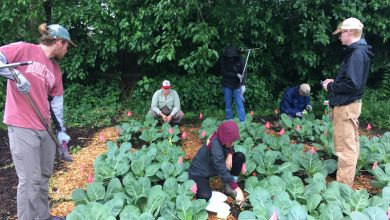How to revive a dry plant after the holidays
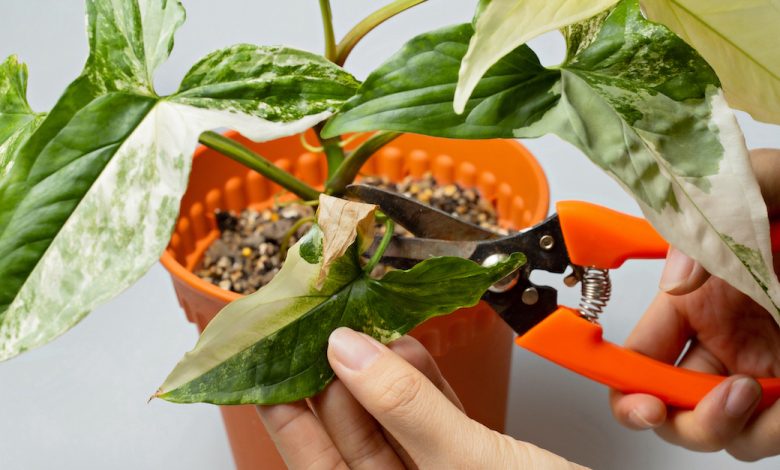
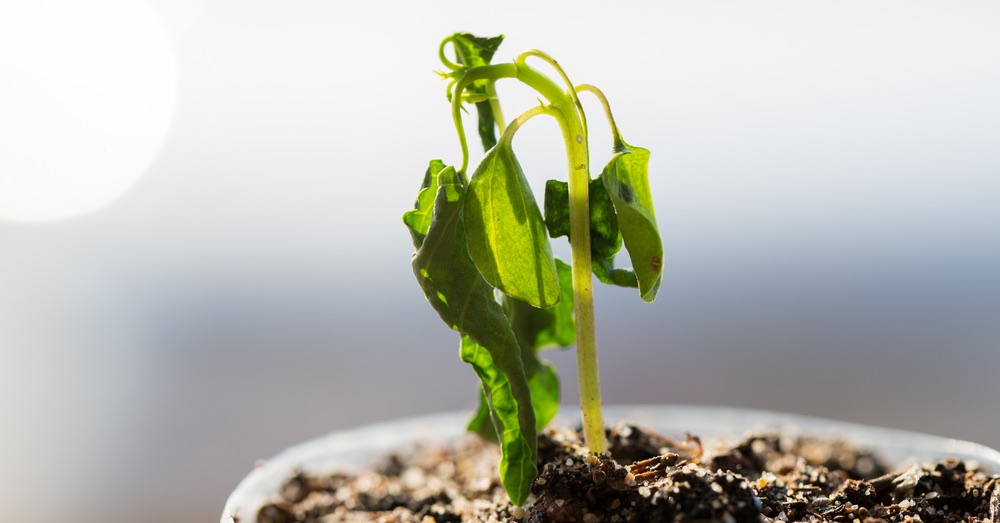
It is a classic of the return of vacations. We get home, we open the door and we find that the plant of our loves is dry. A disappointment that takes away the good taste in our mouths of the days spent away from home. However, despite the impulse to throw it away, reviving a dried plant is not that complicated. It is enough to know how and, yes, give it a few days to see how it reacts to our care. Some with whom we will try to alleviate in different ways the lack of hydration that it has suffered in our absence.
We have to be frank: in most cases, it is possible to revive a dry plant. And it is clear that the time she has spent deprived of water also affects her recovery. The higher it is, the less chance we have of achieving it. But for trying it does not stay! Nature can give us a good surprise. Although there is something that we cannot lose sight of: a plant species deprived of irrigation suffers. And, regardless of whether we manage to revive a dry plant, we will have to pay more attention to it than usual. It is likely that for a time you will be more delicate and downcast than usual. And it is up to us to provide him with the pampering he demands until he is in top shape.
But before looking in detail how to revive a dry plant, let’s get something clear. Avoiding being seen in such a situation is as simple as having an irrigation system on vacation. A true ally, regardless of the format we choose, to avoid this dehydration that sometimes cannot be reversed.
5 STEPS TO REVIVE A DRY PLANT
Before looking at different ways to revive a dry plant, let’s know something. It is probable that all the systems that we are going to see next work once, but it is very rare that they do it twice. A plant exposed to severe dehydration loses, to some extent, the ability to cope with it twice. Therefore, before leaving home, it is worth knowing how to water pots on vacation and plan their hydration in our absence.
And now yes, let’s see the steps to revive a dry plant. Some plants will demand only one of them and others, however, the complete list. Therefore, the order of these tasks is important since it goes from the most basic to the most desperate.
1. Remove dead stems and flowers, the starting point for reviving a dry plant
It is the starting point to revive a dry plant, regardless of how thirsty our plant has been. This pruning work is essential since, if the dead parts are not removed, the plant will continue to make the effort to send them sage and nutrients. A wear that in a healthy plant is not critical, but that a dehydrated plant cannot face.
Eliminating dry stems and flowers will allow the plant to save energy in its rehydration. And, at this point, it becomes a crucial task.
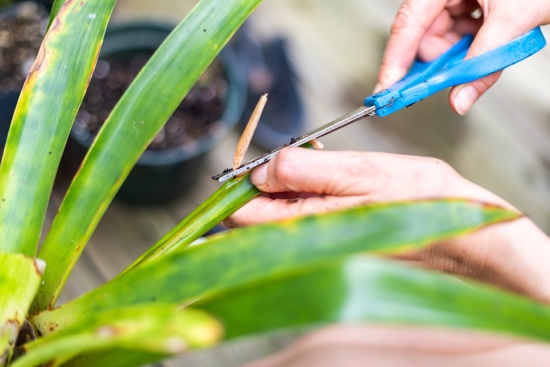
2. Evaluate why it is dry
At first glance, this answer may seem simple: it has lacked water. But things are not that easy. In order to revive a dry plant, we have to consider other aspects. For example: if excess sun exposure has been added to the lack of hydration. A factor that will force us, once we complete the next step, to momentarily change its location. Even if it’s one of those summer plants to have in full sun, it’s important to rehydrate it before re-exposing it to the rigors of Lorenzo. For this reason, the ideal is to find a place where it receives a lot of light but not direct sun.
But it is not the only scenario that we have to evaluate before reviving a dry plant. Lack of irrigation not only weakens a plant: it also makes it a target for various pests. For this reason and before moisturizing it again, it must be reviewed.Eliminating pests must become a priority objective since, if not, none of the subsequent tasks will be successful.
3. Re-hydrate thoroughly, essential to revive a dry plant
Watch out for this task. That the thing is not to flood the plant because, as much as it may seem like a good idea, it is not. In reality, we will have to be much more conscientious to make it easier for the plant to return to the degree of humidity it demands and effectively.
To begin with, it is important to remove the topsoil. And the reason is more than logical: dehydration weighs down the substrate, preventing the passage of water. To carry out this task, you have to be careful and not damage the plant in the process. Once the task is finished, the ideal is to remove the root ball of the plant from the pot. If we talk about a plant planted directly in the ground, the ideal is to remove it from the ground without damaging the roots.
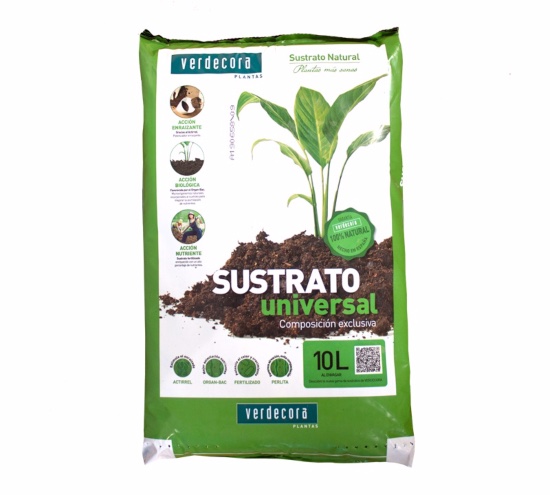
With the free plant, we will submerge it in warm water for 10 minutes. The issue of temperature is important: warm water penetrates better into the substrate. After that time, we will let the excess irrigation drain off before placing it back in its original place.
4. Plant in a larger pot and with new substrate
The rehydration that we have just mentioned usually has its first effects in a very short period of time. However, sometimes our plant has been thirstier than necessary and may need more tasks to react.
In these cases, the ideal is to transplant our plant in a larger pot and with a new substrate. The new dimensions will allow the roots to grow: something essential for the plant to regrow, since the part of leaves and stem is only the manifestation of healthy roots. Added, the new substrate will be providing the necessary nutrients to revive a dry plant.
5. Moisturize the leaves, the last step to revive a dry plant
Sometimes, even carrying out all the tasks that we have just seen, our plant does not wake up. A fact that, on many occasions, is due to another aspect to take into account: environmental dryness. A factor very typical of the summer months that can attract the presence of pests.
For this reason, and before continuing to moisturize it, it is important to thoroughly review it. In case of detecting any, the priority is to eliminate the pests that our plant may have using specific insecticides.
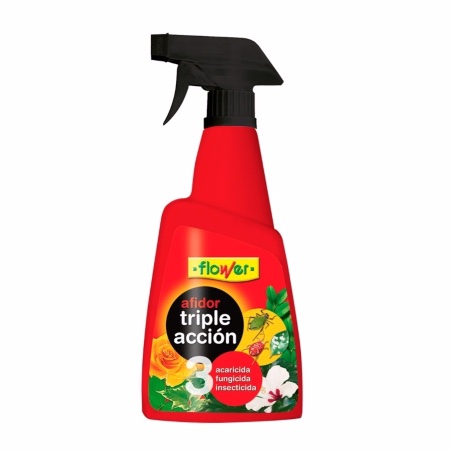
If our plant does not have the presence of insects, we can continue rehydrating it without problems. For drought-tolerant plants that support this type of technique, spraying water on the leaves will suffice. For plants that already require good environmental humidity, we have to go one step further. We refer to creating a kind of greenhouse to hydrate the leaves. It will suffice to place a bag over the plant after watering it. Of course: always away from the sun, since the effect of heat would achieve just the opposite of what we are looking for.
And if, after completing these five steps to revive a dry plant and after a few days, it remains the same, we have to surrender to the evidence that we have lost it.
A disappointment that will be a real learning for, in the next vacations, plan that it does not happen again.


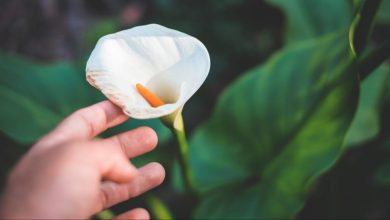
![Photo of Rose Cuttings: [Concept, Season, Rooting and Planting]](https://www.complete-gardening.com/wp-content/uploads/2022/08/rose-cuttings-concept-season-rooting-and-planting-390x220.jpg)
